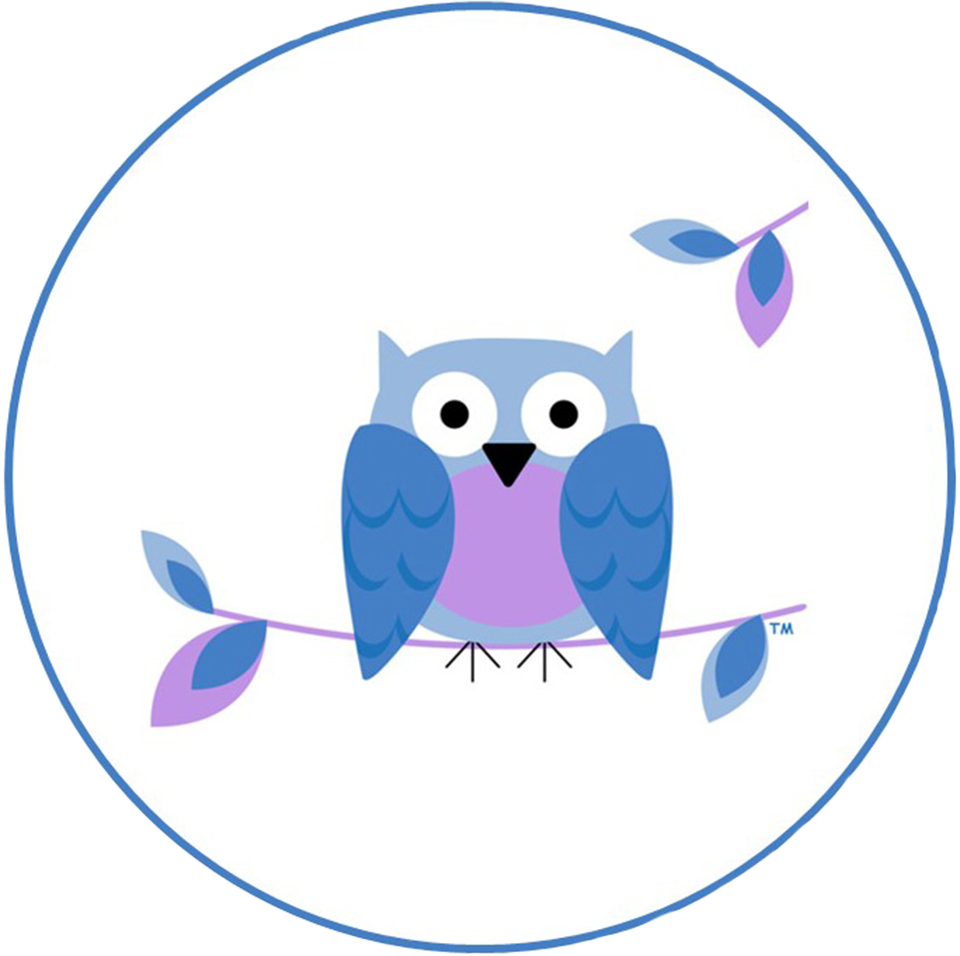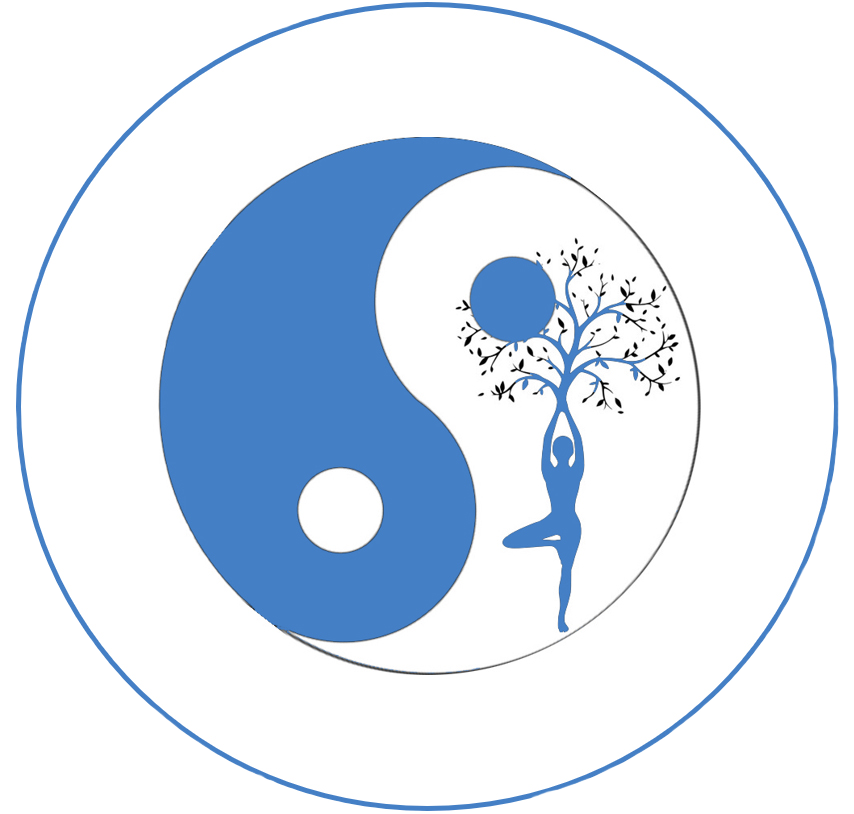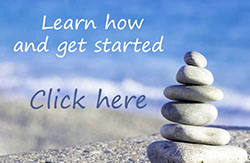Real Health Benefits
 Here
are just a few of the health benefits that doctors and
expert say the practice of Tai Chi can help. Click on
any link below to see what the doctors and modern
medical research experts are saying or see a list of our
classes and programs.
Here
are just a few of the health benefits that doctors and
expert say the practice of Tai Chi can help. Click on
any link below to see what the doctors and modern
medical research experts are saying or see a list of our
classes and programs.
- Improve Range of Motion
- Strengthen & Loosen Joints
- Better Balance
- Reduce Pain & Stiffness
- Improve Memory
- Increase Clarity & Focus
- Decrease Stress
- Decrease Insomnia
- Increase Energy
- Lower Blood Pressure
- Improve Mood
- Increase Flexibility
A gentle form of exercise developed from an ancient Chinese martial art used in maintaining and enhancing health and well-being as well as preventing, treating and rehabilitation of a wide range of health issues.
Whether you're new to the mat or an experienced yogi, join us for yoga that provides incredible mind and body benefits, builds strength, restores flexibility and helps to de-stress both the body and the mind. Yoga classes are structured for any fitness level and ability and can be done with or without a chair.Aromatherapy is a holistic healing treatment that uses natural plant, flower and stem extracts to promote health and well-being. Sometimes know as essential oil therapy, aromatherapy uses aromatic essential oils medicinally to improve the health of your body, mind and spirit and is both an art and science.
Breath work is taking a pause from the business of life. Not only to connect to your inner self but to the universe around you. Breath work has many forms. It can be a time to recharge, find balance, or clear and enhance your mind, body and spirit.
Get moving and have fun with this gentle class that
uses light weights and movement to increase strength,
keep joints mobile and increase flexibility. This Class
can be done with or without a chair.
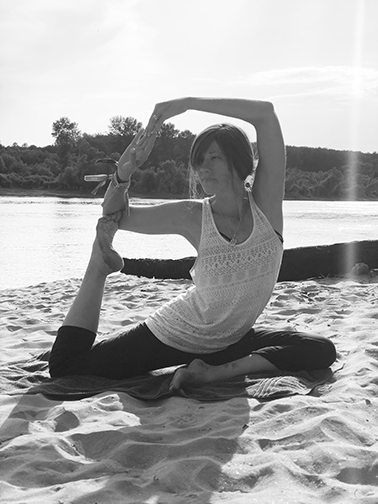
Wisdom Art: Mind, Body, Spirit Program
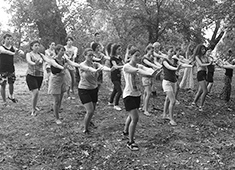
Through the slow movements of the forms, the Tai Chi
practitioner focuses on correct posture, rooting,
breath, flexibility, relaxation, mind with body
connection. With practice over time, these training
results in energized and focused mind and body. Because
Tai Chi is low impact and gentle enough to get you
moving it is great for all ages and fitness levels.
Yoga develops inner awareness. It focuses your attention
on your body's abilities at the present moment. It helps
develop breath and strength of mind and body.
Modern Yoga has evolved with a focus on exercise,
strength, flexibility, and breathing. It can help boost
physical and mental well-being. There are many styles of
Yoga. The key is to choose a class that fits your goals
and needs.
The History of Tai Chi (Moving Meditation)
A Little History
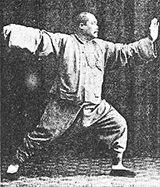 T'ai chi ch'uan or Taijiquan, often shortened to t'ai
chi, taiji or tai chi in English usage, is an internal
Chinese martial art practiced for its defense training
and its health benefits, demonstration competitions, and
longevity. As a result, a multitude of training forms
exist, both traditional and modern, which correspond to
those aims. The term "t'ai chi ch'uan" translates as
"supreme ultimate fist", "boundless fist", or "great
extremes boxing". The chi in this instance is the
Wade-Giles transliteration of the Pinyin jí, and is
distinct from qì (ch'i, "life energy"). The concept of
the taiji ("supreme ultimate"), in contrast with wuji
("without ultimate") represents the fusion or mother of
Yin and Yang into a single ultimate, represented by the
taijitu symbol.
T'ai chi ch'uan or Taijiquan, often shortened to t'ai
chi, taiji or tai chi in English usage, is an internal
Chinese martial art practiced for its defense training
and its health benefits, demonstration competitions, and
longevity. As a result, a multitude of training forms
exist, both traditional and modern, which correspond to
those aims. The term "t'ai chi ch'uan" translates as
"supreme ultimate fist", "boundless fist", or "great
extremes boxing". The chi in this instance is the
Wade-Giles transliteration of the Pinyin jí, and is
distinct from qì (ch'i, "life energy"). The concept of
the taiji ("supreme ultimate"), in contrast with wuji
("without ultimate") represents the fusion or mother of
Yin and Yang into a single ultimate, represented by the
taijitu symbol. Tai Chi Today
Today, it has spread worldwide. Most modern styles Tai Chi trace their development to at least one of the five traditional schools: Chen, Yang, Wu (Hao), Wu, and Sun.• Chen family-style is the oldest and parent form of the five traditional family styles. Chen-style is characterized by Silk reeling, alternating fast/slow motion and bursts of power.
• Yang family-style is characterized by its fluid in movement and rooted movement. In its many variations is the most popular and widely practiced style in the world today
• Wu family style is distinctive hand form, pushing hands and weapons trainings emphasize parallel footwork and horse stance training with the feet relatively closer together than the modern Yang or Chen styles, small circle hand techniques.
• Wu or Wu (Hao) style is a distinctive style with small, subtle movements; highly focused on balance, sensitivity and internal ch'i development.
• Sun style is well known for its smooth, flowing movements which omit the more physically vigorous crouching, leaping and fa jin of some other styles. The footwork of Sun style is unique, when one foot advances or retreats the other follows. It exhibits small circular movements with the hands, gentle postures and high stances.
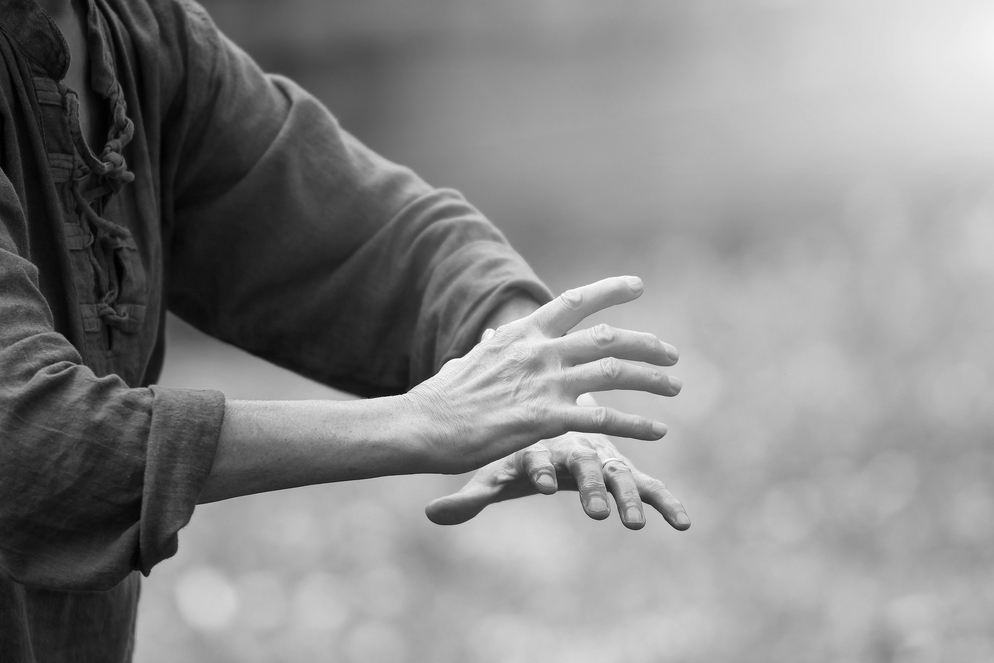
The Origins of Tai Chi Chuan
Origins of the material now identified as Tai Chi Chuan are associated with three separate but somewhat related traditions. Popular myth attributes the creation of Tai Chi Chuan to Zhang San Feng reported variously to have been born in 960, 1247 and 1279 AD. The first mention of Zhang San Feng as the originator of Tai Chi Chuan did not occur until the 19th Century where he is mentioned in the preface to the Tai Chi Chuan classics assembled by Wu Yuxiang (1812 - 1880) and his brothers. What is now known as "t'ai chi ch'uan" only appears to have received this appellation from around the mid-1800s. There was a scholar in the Imperial Court by the name of Ong Tong He who witnessed a demonstration by Yang Luchan ("Unbeatable Yang”).Yoga
Yoga develops inner awareness. It focuses your attention on your body's abilities at the present moment. It helps develop breath and strength of mind and body.
Some other physical benefits of Yoga include:
| - Increased flexibility | - Cardio and circulatory health | |
| - Better sleep | - Decrease stress and anxiety | |
| - Increased muscle strength and tone | - Better digestion and tummy health | |
| - Improved energy and vitality |
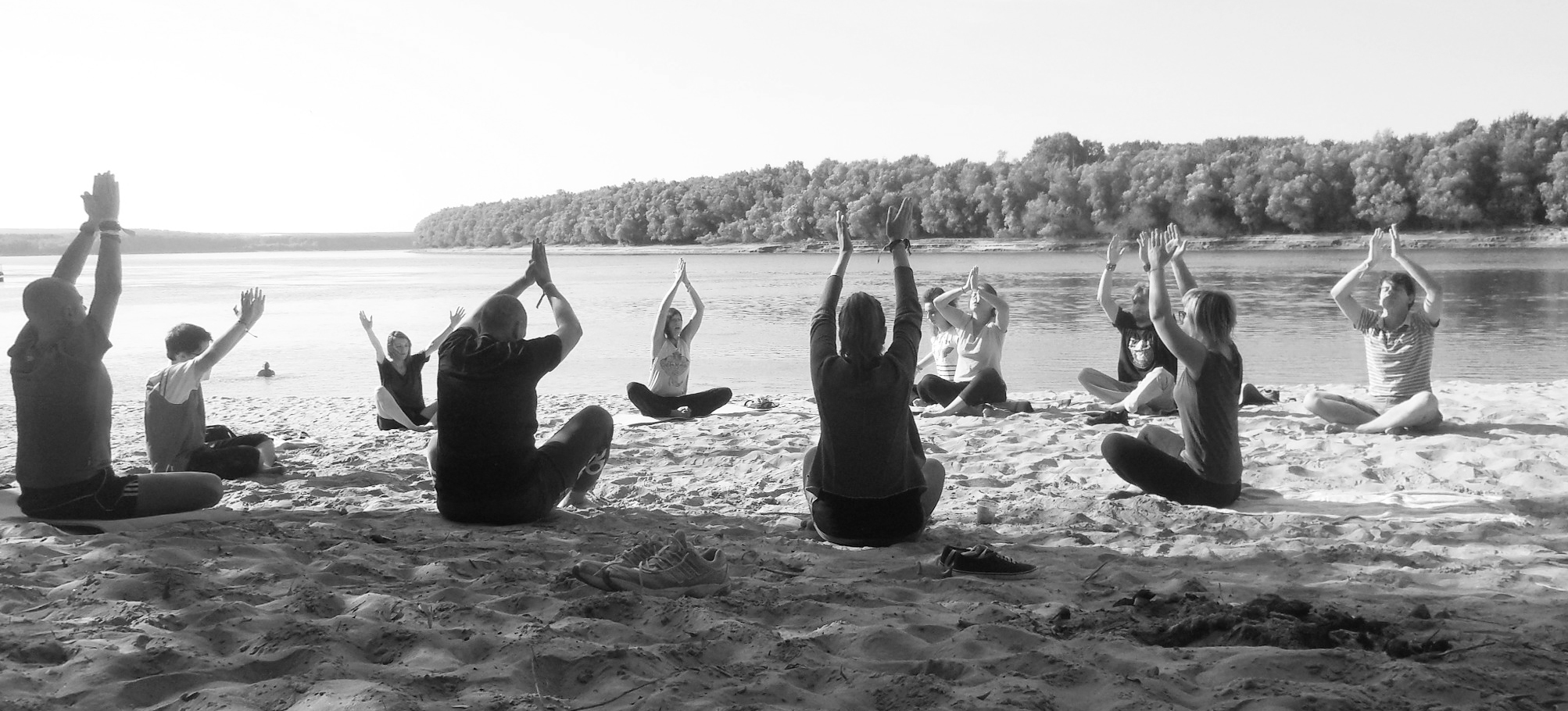 Modern Yoga has evolved with a focus on exercise,
strength, flexibility, and breathing. It can help boost
physical and mental well-being. There are many styles of
Yoga. The key is to choose a class that fits your goals
and needs.
Modern Yoga has evolved with a focus on exercise,
strength, flexibility, and breathing. It can help boost
physical and mental well-being. There are many styles of
Yoga. The key is to choose a class that fits your goals
and needs.A Journey into Yoga:
Some Yoga Styles
Ashtanga Yoga: This type of Yoga uses
ancient Yoga teachings. Ashtanga applies six established
sequences of postures that rapidly link every movement
to breath.Vinyasa: is a style of Yoga characterized by stringing postures together so that you move from one to another, seamlessly, using breath. Commonly referred to as “flow” Yoga,
Bikram Yoga: Also known as “hot” Yoga, Bikram occurs in artificially heated rooms at temperatures of nearly 105 degrees and 40 percent humidity. It consists of 26 poses and a sequence of two breathing exercises.
Hatha Yoga: This is a term for any type of Yoga that teaches physical postures. “Hatha” classes usually serve as a gentle introduction to Yoga postures.
Iyengar Yoga: This type focuses on finding the correct alignment in each pose using a range of props, such as blocks, blankets, straps, chairs, and bolsters.
Jivamukti Yoga: Jivamukti means “liberation while living.” This type emerged and incorporates spiritual teachings and practices that focus on the fast-paced flow between poses rather than the poses themselves.
Kripalu Yoga: This type teaches practitioners to know, accept, and learn from the body. A student of Kripalu learns to find their own level of practice by looking inward. The classes usually begin with breathing exercises and gentle stretches, followed by a series of individual poses and final relaxation.
Kundalini Yoga: Kundalini means “coiled, like a snake.” Kundalini Yoga is a system of meditation that aims to release pent-up energy.
Power Yoga: This active and athletic type of Yoga, based on the traditional ashtanga system.
Sivananda: This is a system based on a five-point philosophy. This philosophy maintains that proper breathing, relaxation, diet, exercise, and positive thinking work together to form a healthy yogic lifestyle. Typically uses the same 12 basic asanas, bookended by sun salutations and savasana poses.
ViniYoga: ViniYoga can adapt to any person, regardless of physical ability. ViniYoga teachers require in-depth training and tend to be experts on anatomy and Yoga therapy.
Yin: This is a quiet, meditative Yoga practice, also called Taoist Yoga.
Prenatal Yoga: Prenatal Yoga uses postures that practitioners have designed for people who are pregnant. It can support people in getting back into shape after pregnancy as well as supporting health during pregnancy.
Restorative Yoga: This is a relaxing method of Yoga. A person spends a restorative Yoga class in four or five simple poses, using props like blankets and bolsters to sink into deep relaxation without exerting any effort in holding the pose.
